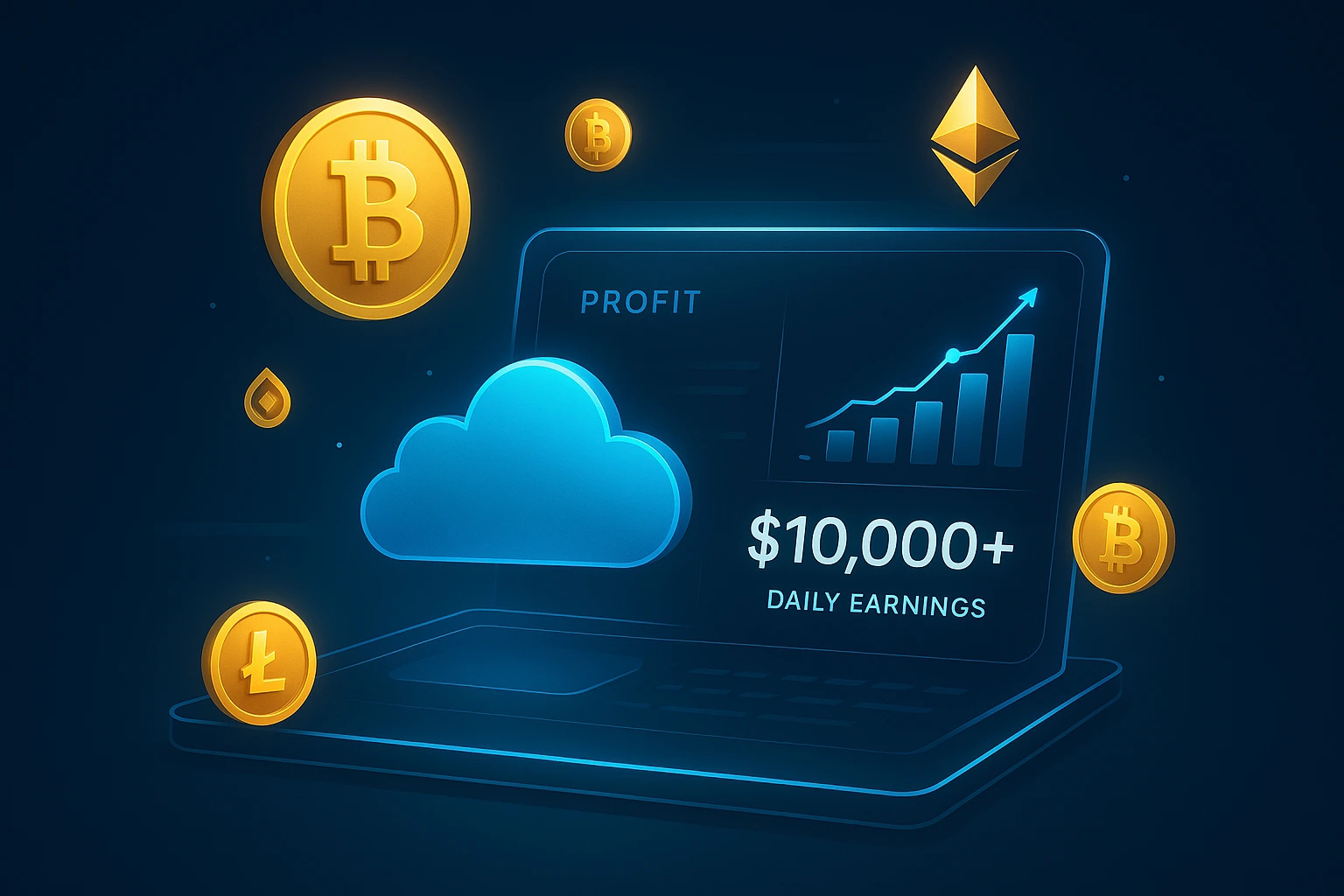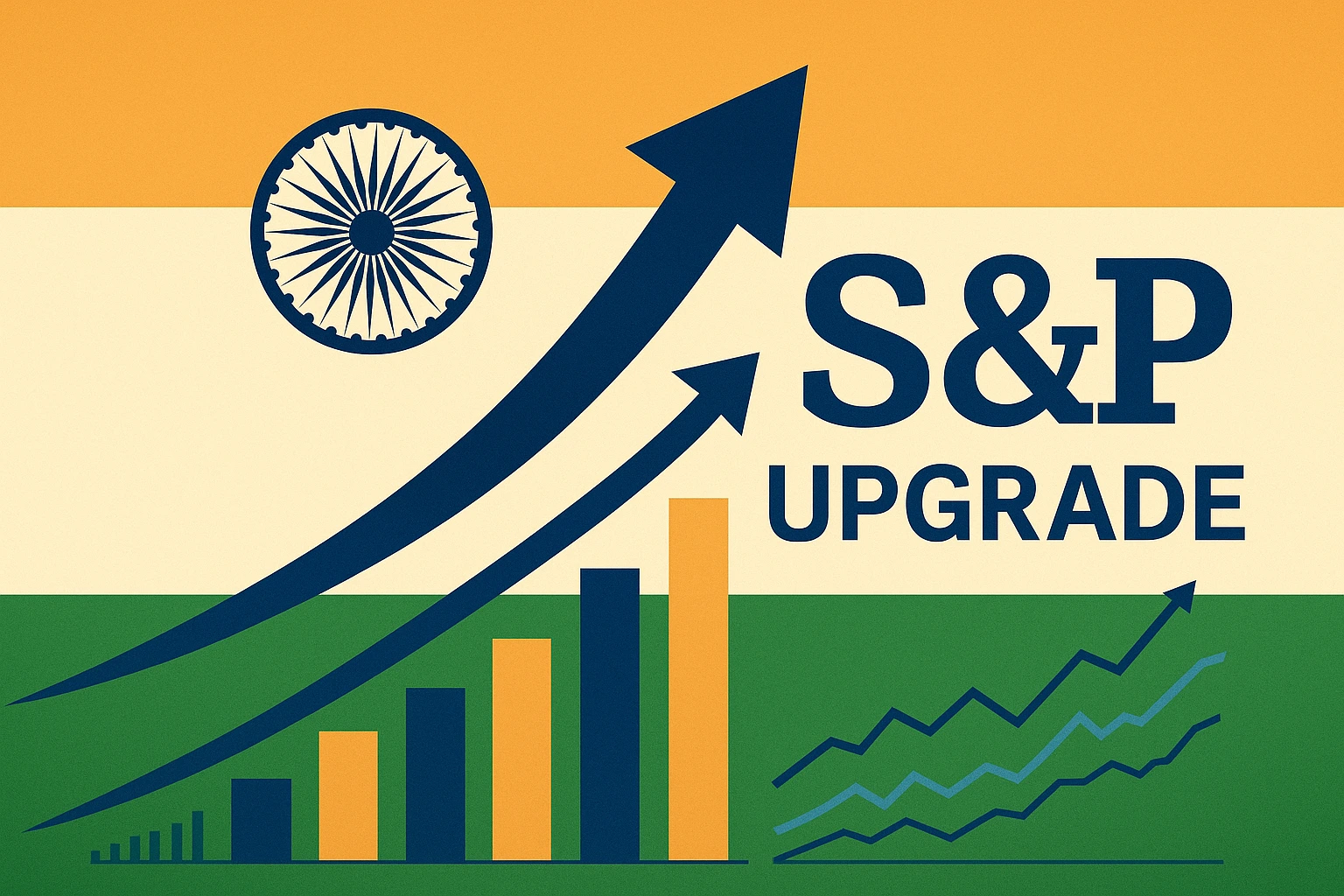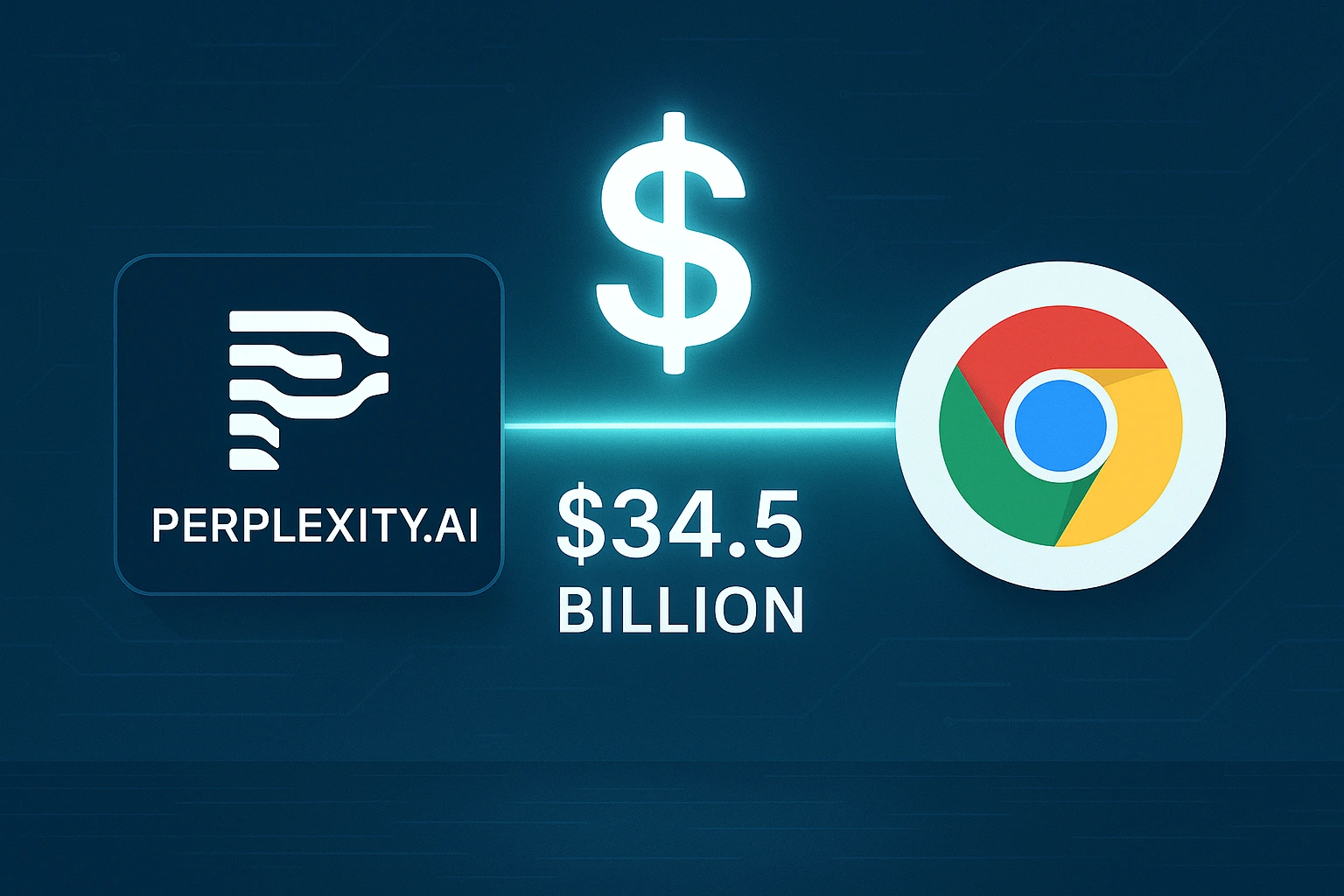Table of Contents
If you’ve ever been bombarded by repeated robocalls from Credit One Bank or its debt collectors, you might be entitled to a cash payout as part of a recent class-action lawsuit settlement. The case, which revolves around alleged violations of the Telephone Consumer Protection Act (TCPA), has reached the compensation stage. That means eligible consumers across the United States may now receive money—without having to go to court.
In this article, we’ll explore everything you need to know about the Credit One robocall settlement: what it’s about, who qualifies, how much you might get, and how to claim your share before the deadline passes.
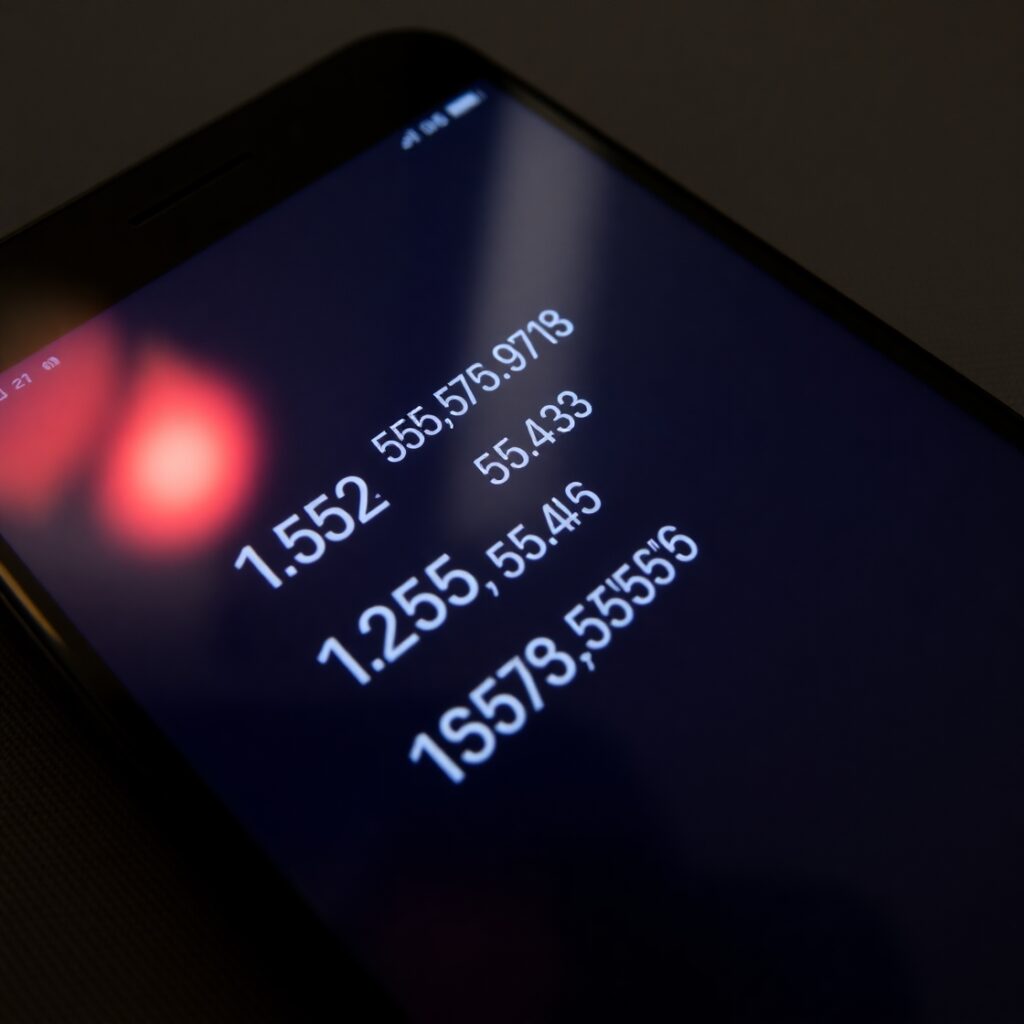
Background: What Is the Credit One Robocall Lawsuit About?
Between 2014 and 2019, Credit One Bank allegedly used an automated dialing system (also known as an auto dialer or robo dialer) to call customers’ mobile phones without proper consent. These calls were often made by the bank’s third-party debt collection agencies, and many recipients claimed they were called multiple times—even after requesting the calls to stop.
The calls, which often included pre-recorded messages, were reportedly placed to consumers who never gave Credit One express permission to contact them via robocall.
Under the Telephone Consumer Protection Act (TCPA), it is illegal for companies to make robocalls or send automated messages to a consumer’s mobile phone without explicit prior consent. Violations of the TCPA can result in penalties ranging from $500 to $1,500 per call, depending on the severity and intent of the violation.
The Settlement: No Admission of Wrongdoing, But Compensation Offered
In response to the lawsuit, Credit One Bank has agreed to a $14 million class action settlement. While the bank denies any wrongdoing or liability, it agreed to the settlement to avoid the burden and expense of prolonged litigation.
The settlement fund will be used to:
Pay eligible class members
Cover legal fees and administrative costs
Settle all claims related to the robocalls made during the class period
This means you don’t need to hire a lawyer or attend court. If you meet the eligibility criteria, you can submit a claim online and potentially receive money—with minimal effort.
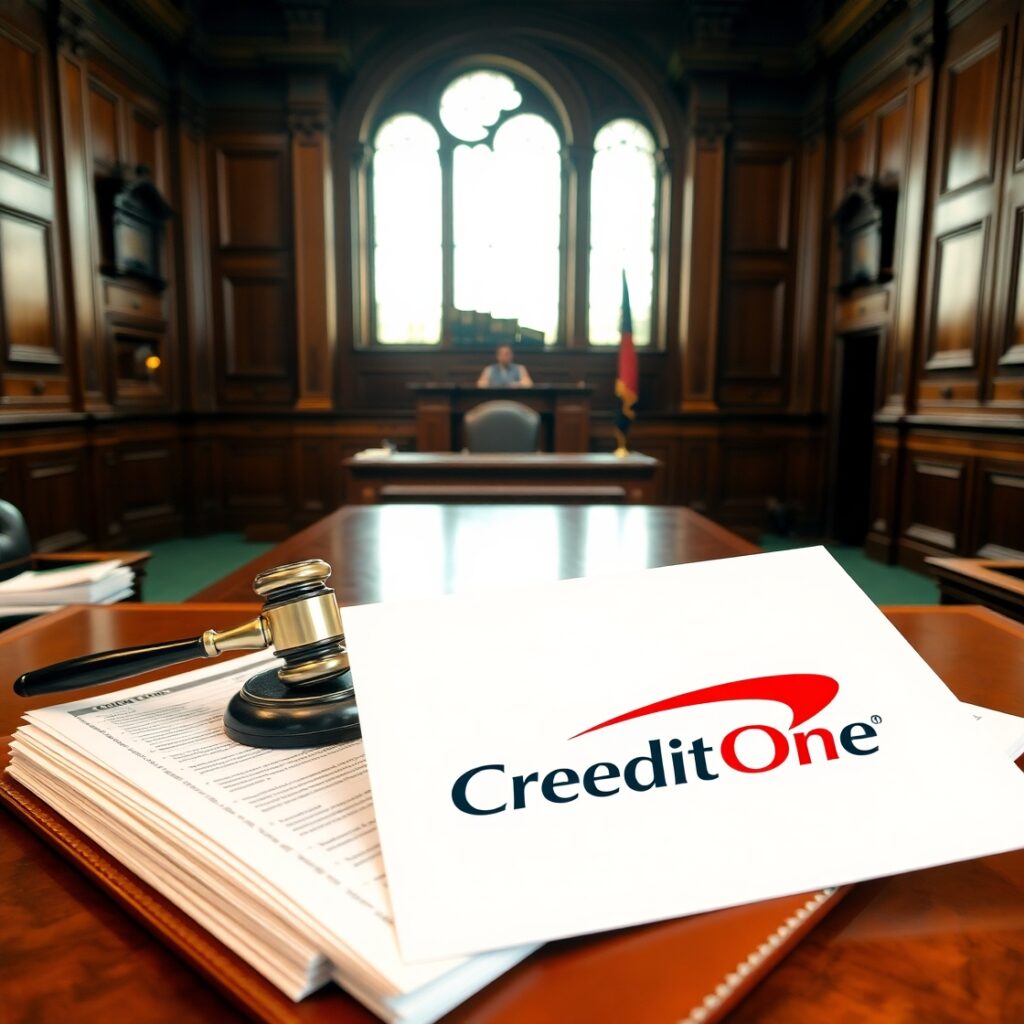
Who Is Eligible for the Credit One Settlement?
You may be part of the settlement class if:
You received a phone call from Credit One Bank or its debt collectors between 2014 and 2019
The call was made using an automatic telephone dialing system or included a pre-recorded message
The call was placed to your cell phone
You did not provide prior express consent to receive such calls
You don’t have to be a Credit One cardholder to qualify. In some cases, people who never did business with Credit One reported receiving these calls—possibly due to wrong numbers or outdated contact information in the company’s databases.
If you received a notice postcard or email about the settlement, it’s a strong sign you’re part of the class. However, even if you didn’t receive a notification, you might still be eligible.

How to Check Your Eligibility and File a Claim
To confirm your eligibility and file a claim:
Visit the official settlement website (example: www.CreditOneTCPASettlement.com — this is illustrative, please search for the actual official site).
Use your Claim ID and PIN if you received them by mail or email.
If you didn’t receive a Claim ID, use the website’s “Lookup Tool” to check eligibility using your name and contact information.
Complete the online claim form. You’ll need to:
Confirm your contact details
Choose your preferred payment method (check, direct deposit, PayPal, etc.)
Submit your claim before the deadline.
That’s it. There’s no need for lengthy paperwork or court appearances. The process is designed to be simple and accessible to anyone who qualifies.
How Much Money Can You Receive?
The exact amount each eligible claimant will receive depends on several factors:
The total number of valid claims filed
The total settlement fund (approx. $14 million)
The amount set aside for legal fees and administrative costs
Early estimates suggested payments of around $100 per person, but the final payout could be more or less depending on participation.
For example:
If 100,000 people file valid claims, and $10 million is left after fees, each person could receive $100.
If fewer people file, the amount per person could be higher.
If more people file, the amount may be lower.
Remember: the only way to secure your share is by filing a valid claim before the deadline.

Key Deadlines and Dates
While dates can vary depending on court approval and administrative processing, here are some general milestones to watch for:
Claim Submission Deadline: You must file your claim by this date to be eligible for payment.
Objection/Exclusion Deadline: If you want to opt out of the settlement or file an objection, do so before this deadline.
Final Approval Hearing: This is when the court decides whether to approve the settlement fully. If approved, payments will begin shortly thereafter.
Always refer to the official settlement website for the most accurate and up-to-date information.
What If You Do Nothing?
If you do nothing, you won’t receive any compensation—and you’ll give up your right to sue Credit One for this issue in the future.
That’s why it’s important to either:
File a claim if you want to be paid, or
Opt out if you plan to sue separately
Doing nothing means forfeiting both options.

Is This Settlement Legit?
Yes, this is a legitimate, court-authorized class action settlement. However, scams are common in these situations. To protect yourself:
Only respond to official communications about the settlement
Only submit personal info through the official settlement website
Don’t share sensitive information (like your Social Security number) unless required—and only through verified channels
If in doubt, contact the settlement administrator via the contact info on the website.
Why This Case Matters
This lawsuit serves as a powerful reminder that consumer rights matter—and that companies must follow the law when contacting people. The TCPA exists to protect individuals from invasive and unwanted communication tactics. When corporations violate those protections, legal action can bring both justice and compensation.
Even though Credit One did not admit to any wrongdoing, the settlement ensures that impacted consumers receive a financial remedy for the inconvenience and frustration they endured.
Final Thoughts: Don’t Miss Out
If you ever received a robocall from Credit One or its debt collectors between 2014 and 2019, now is your chance to get paid. The claim process is simple, free, and takes just a few minutes.
Here’s what you should do right now:
✅ Check your email or mail for a settlement notice
✅ Visit the official website to file a claim
✅ Choose your payout method
✅ Submit before the deadline
You’ve already been bothered by those unwanted calls—don’t miss your opportunity to get compensated for it.



